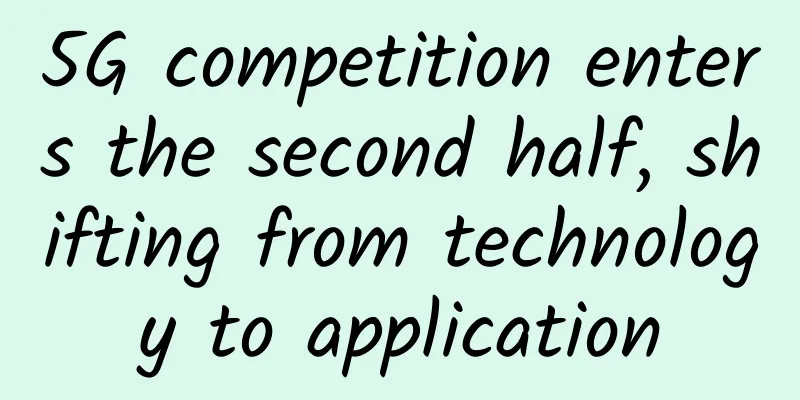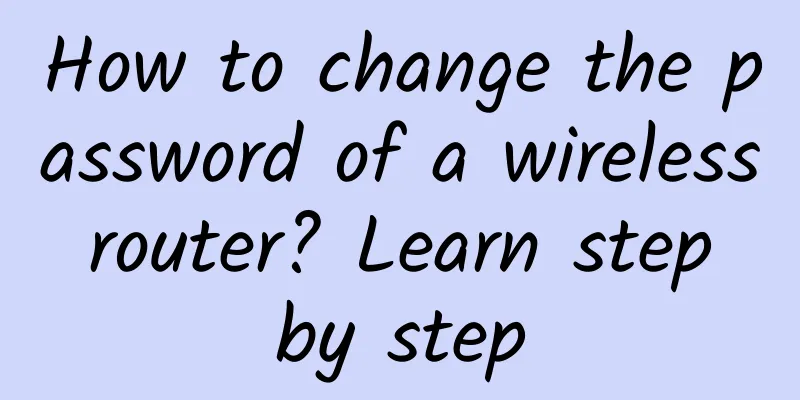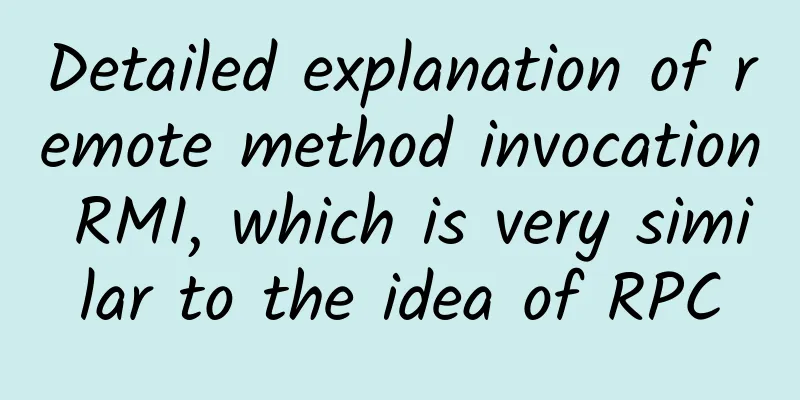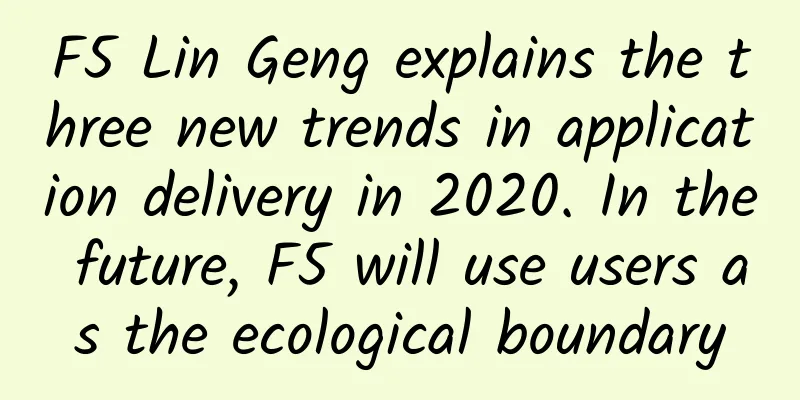What is the principle of WebSocket? Why can it achieve persistent connection?

|
To better understand WebSocket, we need to start with HTTP, because many people like to compare WebSocket with HTTP. The life cycle of HTTP is defined by Request. With one Request and one Response, the HTTP request ends. In HTTP1.1, sending multiple Requests and receiving multiple Responses are allowed, but no matter what, a Request is always equal to a Response. In order to achieve real-time information transmission, many websites use polling technology. There are two types of polling: ajax polling and long polling. The principle of Ajax polling is very simple. It allows the browser to send a request to the server every few seconds to ask the server whether there is new information.
Long polling is similar to ajax polling, but the difference is that when the client initiates a request, if there is no message, no Response will be returned until there is a new message.
The above two methods are constantly establishing HTTP connections. The server can only respond when the client initiates a request. The server cannot actively initiate a request. Moreover, HTTP is a stateless protocol. The server does not retain any state during transactions with the client. The advantage of this is that it greatly reduces the memory burden of the server and maintains a faster response speed. However, this also creates some problems. The client has to continuously send HTTP requests, each with a long header, which may result in very little valid data, wasting a lot of bandwidth resources and adding pressure to the server. Well, our protagonist WebSocket is finally ready to appear. Compared with HTTP, WebSocket is a persistent protocol. It will complete part of the handshake based on the HTTP protocol, and then it will break away from HTTP and completely adopt WebSocket. The process of establishing a WebSocket connection is:
After completing the above two steps, the HTTP handshake part is completed and the protocol is upgraded to WebSocket. At this time, the server no longer needs the client to initiate requests and respond to requests, and can actively push information to the client.
With just one HTTP request, the server can continuously push information to the client! The client actively asks and the server actively pushes the information, which solves the problem of excessive resource consumption on the server. The above is the principle of WebSocket and the process of achieving persistent connection. |
<<: Common network problem location tools that programmers should master
>>: The so-called ICMP is nothing more than a general and soldiers
Recommend
Why is 50 ohms used in RF?
[[416676]] In RF circuits, RF devices with variou...
Witnessing the first step of 5G network construction: antenna and feeder integration
The coexistence of multiple standards and frequen...
Some Europeans are extremely resistant to 5G, which will only accelerate their elimination
It is globally recognized that 5G is the trend of...
How should operators coordinate the development of 4G/5G during the “gear shift period”?
[[351567]] Recently, the two topics of "5G, ...
In the post-epidemic era, AIOps unleashes new vitality in enterprise operation and maintenance
[51CTO.com original article] 2020 is destined to ...
Surge in mobile data usage puts Wi-Fi performance under severe test
According to the policies of communication regula...
The hidden threat of smart home privacy leakage comes from the router
In our daily life, we can use smartphones to cont...
An article to help you understand the concept of TCP/IP
1. What is TCP/IP? Transmission Control Protocol/...
LiFi has two major advantages over WiFi. Can it really replace WiFi?
Recently, the American company LightPointe announ...
The Central Cyberspace Affairs Commission: The number of active IPv6 users reached 528 million
Recently, a relevant official from the Cyberspace...
Huawei's Intelligent IP Network Solution Creates a Simplified 5G Bearer Network
At the HAS Analyst Conference recently, Chen Jinz...
RAKsmart: San Jose servers start at $46/month, 1GB unlimited data servers start at $199/month
RAKsmart's discounts continue this month. In ...
As the demand for connectivity surges, 5G becomes the key to sustainable development of the ICT industry
[[343025]] As the global energy crisis intensifie...
How does a router choose a more appropriate path among many routing protocols, manual configurations, and routing policies?
Routers are important network devices that realiz...
Is it impossible for non-middlemen to hijack TCP?
TCP initial sequence number Hi, my name is Robert...









